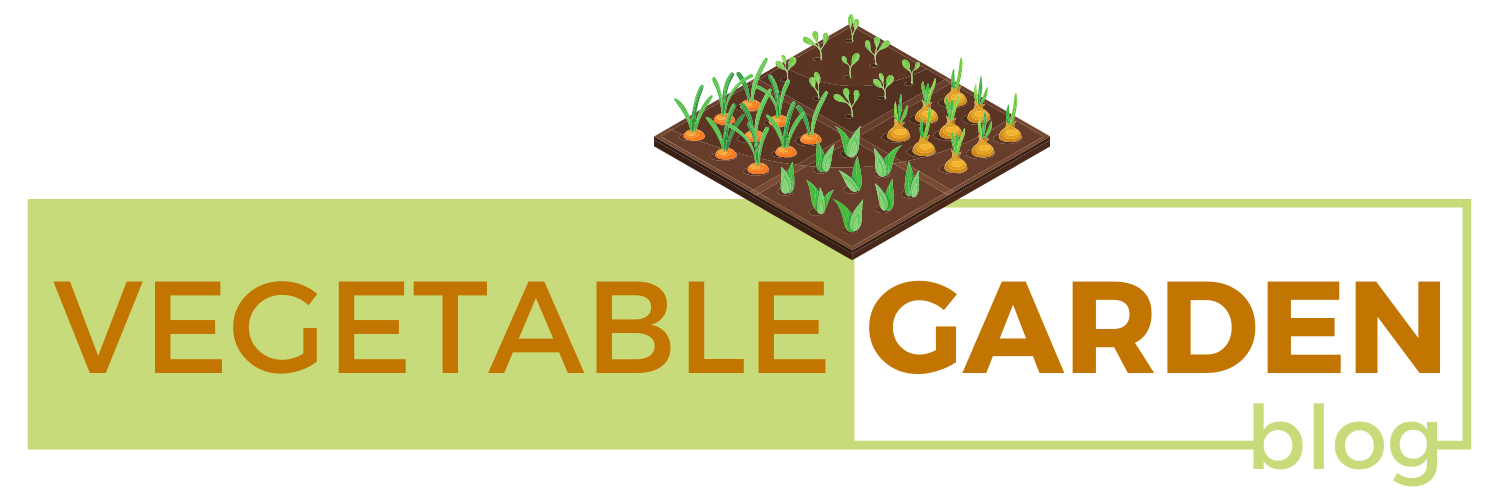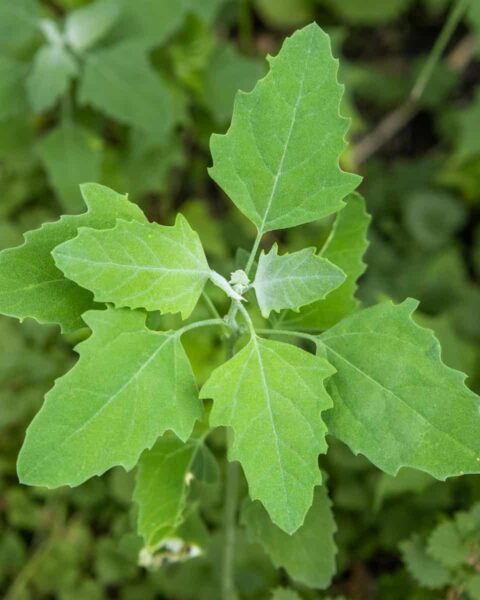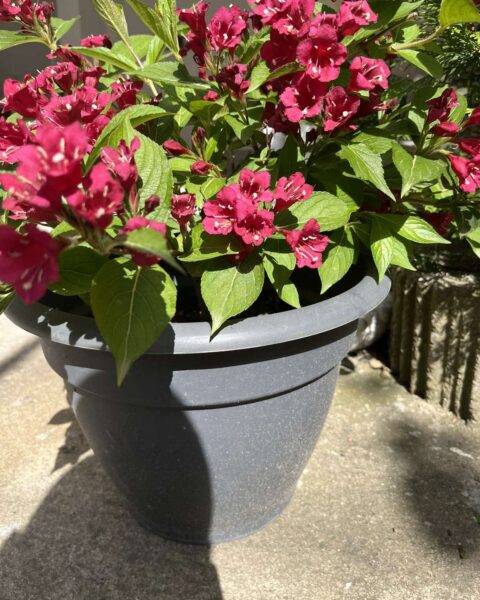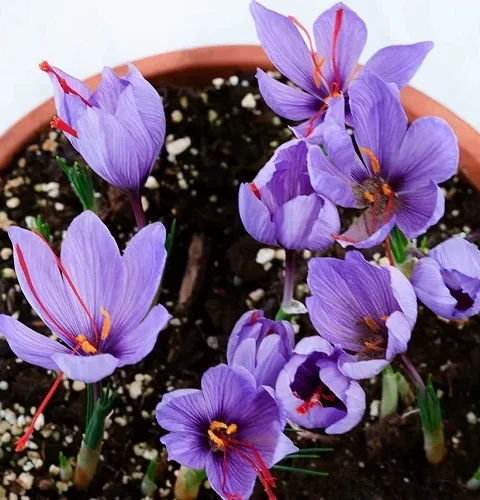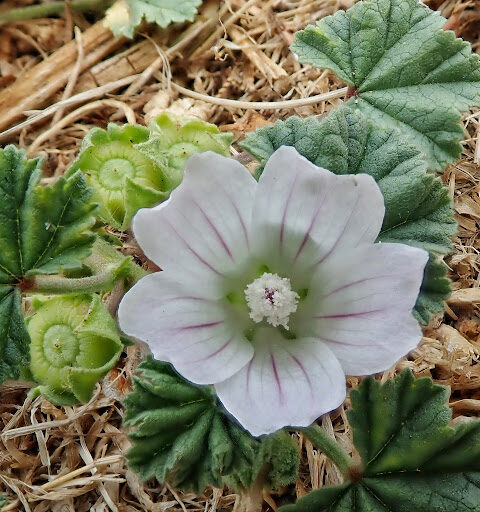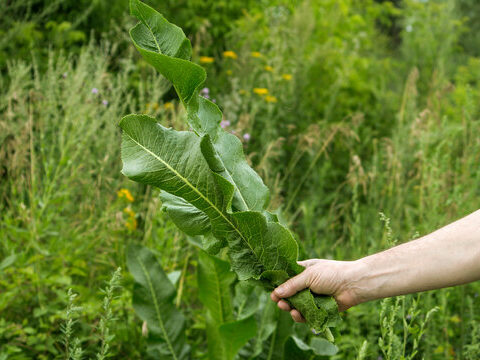For most people, basil is a “must-have” in their cooking because of its refreshing and aromatic smell.
This type of herb can be grown all year round no matter where you live which makes it easy to grow indoors or outdoors. Basil has origins from India but grows best with warmer temperatures.
How would you like to grow your own fresh basil at home? There is a lot less work involved with growing it than buying from the store, and if done right there’s enough room for all members in my family. This guide will show you how in detail today!
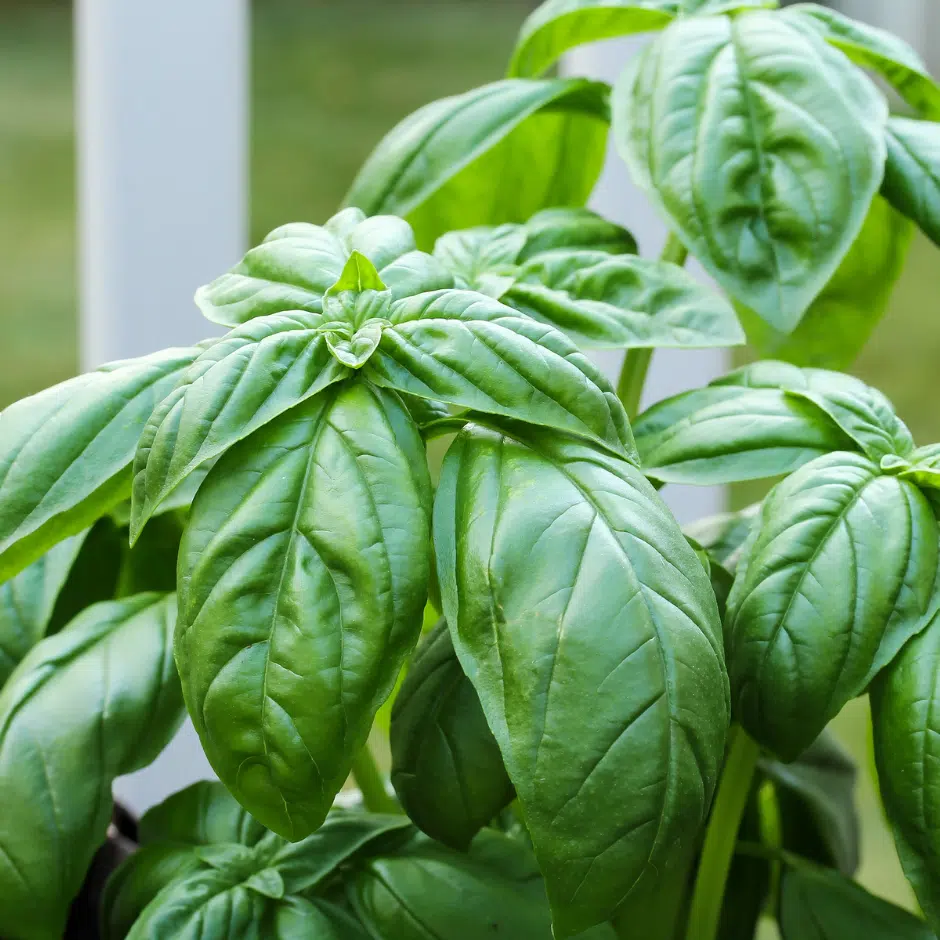
Why you should grow basil?
Imagine if you could just clip off a few aromatic leaves of basil from your kitchen garden and use it in cooking? We think, anyone would love the idea! The aroma that comes out when fresh ‘out-of-garden’ produce is used instead of buying at stores.
Basil is not just for cooking! It can be used in many different ways, from making an aromatic tea to decorating your plate. The most common way people use it though? As a spice with its clove-scented flavor that will add some much needed spiciness when you need something more flavorful than salt or pepper in your dish.
Basil is one of the most versatile plants because it can flourish in a variety of places. It doesn’t even require much sunlight or soil, just enough for its pot and you’re good to grow some!
How to Plant Basil?
Do you want to grow your own basil at home? Growing it is not hard and may be done in any space that gets enough sunlight. The more sun exposure a plant has, the faster its growth will be!
Step-by-step: Planting Basil
For those who want to know as how grow basil, we have a few helpful steps that should make it easier for you. Follow these carefully:
Did you know that growing basil is simple, but the time of planting needs to be precise? Basil prefers warm temperatures and can grow best during June. The required diameter for each pot should measure at least 5-7 centimeter deep in order not only yield pretty flowers; this also allows enough space between leaves when grown indoors as well!
It’s important to prepare the soil before planting. Fill pots with moist potting soil and fill them halfway, making sure they have enough holes for drainage. The best time is when it is warm out but not too hot or cold- you want your plant roots cool if possible.
Place the seeds by gently pressing into place among composting surface, and cover them with some compost. Place your containers near a sunny spot where they’ll receive plenty of sunshine.
Now you’re going to cover the pots with cling film. It’s important that when seedlings start popping up from their soil, we remove this protective layer in order for air flow and light exposure to be enabled. Repeat this for a few times until finally you remove the cling film.
Place the pots in shallow dishes filled with water. This helps to receive good amount of moisture that enables them to grow faster and stronger! After 14 days, you should see your seedling emerge from the soil!
Wait for another 3 weeks after which, you need to clip off the weakest seedlings away from their healthier counterparts. Select your healthiest seedling from among those in each pot.
The process of transplanting should begin soon after the stems have grown taller and formed strong leaves. You can transfer these to a larger pot with at least 10 cm diameter, or else they’ll also fit nicely in your outdoor garden spot if you plan on growing outdoors!
If you leave your basil plants indoors, make sure there are spots that receive plenty sunlight – such as beside an open window facing south.
If you take your basil plants outdoors, be careful! Where you grow your basil plants can make all the difference in how strong they are, so be sure to select an outdoor spot with plenty of sun exposure!
Once the spot is selected, carefully remove any seedlings from their pots and place them in a hole measuring at least 1 cm wide. Be gentle when removing the young plants so they do not break their roots; cover up with soil to fill in around it then press down gently. Water the basil plants afterwards.
How to propagate basil?
If you want to know how basil is grown, then keep these things in mind:
The soil
Basil cannot grow properly unless the soil is well-drained and has a neutral pH. You can add some organic compost when planting. However, try not to add too much compost or other organic material, as this will affect the flavor of your basil. Actually, it may even lose its aroma completely.
The sun
If you want to grow basil at its peak, then make sure that you provide it with enough sunlight. Basil needs at least 6 hours of direct sun daily, but avoid exposing them during midday as this can lead to too much exposure and burn their leaves resulting in less production for future harvests or even death!
The water
Basil needs to stay moist, but not overly so. Make sure you water the base of your plant and not its leaves for best results!
The space
Basil plants grow to heights of 12-24 inches, which means that you should space them at least 16 inches apart in pots or garden beds. Among the varieties of Basil, Globe is best cultivated for small spaces like containers, so this makes it perfect for growing it indoors in pots.
The neighbor plants
Basil is often grown with other plants, and you can even grow tomatoes alongside it. Always make sure that your tomato plant has the same requirements as basil: water and light!
How to harvest your basil plant?
There are many ways to harvest basil, but it’s best when done before the plant has grown big and you feel that there are lots of leaves that can be harvested. Here are some tips for harvesting your basil:
Harvesting basil should be done when the plants have grown 10 cm tall and you can see a mound of fresh green leaves all over them. This will ensure that your plant has enough time to fully mature, giving off more flavor than if harvested earlier in its growth cycle!
There are a number of ways you can take care to keep your basil plants healthy, but one way is by pinching or cutting the leaves. By doing this, you will stimulate new growth and prevent your basil plant from becoming leggier.
If you’re looking to get the most out of your basil plant, harvest it before flowers start emerging. However, if you are already too late and you can see some flowers, simply snip them off and use them in cooking as they are edible.
How to preserve basil?
Basil is a ‘on the go’ herb that can be grown easily during summer months, but becomes difficult to care for when winter comes. The plant requires sunlight and does not get enough of it due to the cold season. Therefore, it is a bit harder to preserve basil in winter.
Basil is a great addition to any meal. You can enjoy it in fresh or dried form, so when you want basil for later use make sure that the leaves are preserved by drying them after harvesting and tying together with stems. Wait for them to dry out and you can consume later on.
Dried basil leaves can be stored indefinitely if they are kept dry and airtight. To preserve them for a long time, crumble or powder the stems along with leaves before storing in a container outside of either fridge or freezer.
